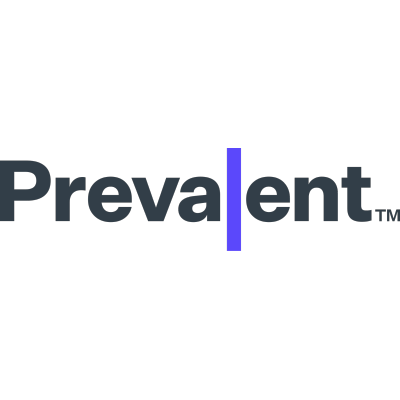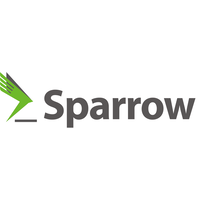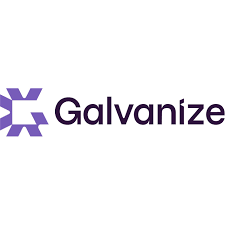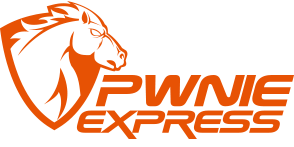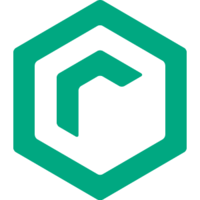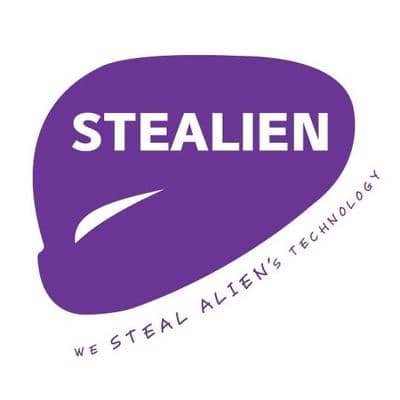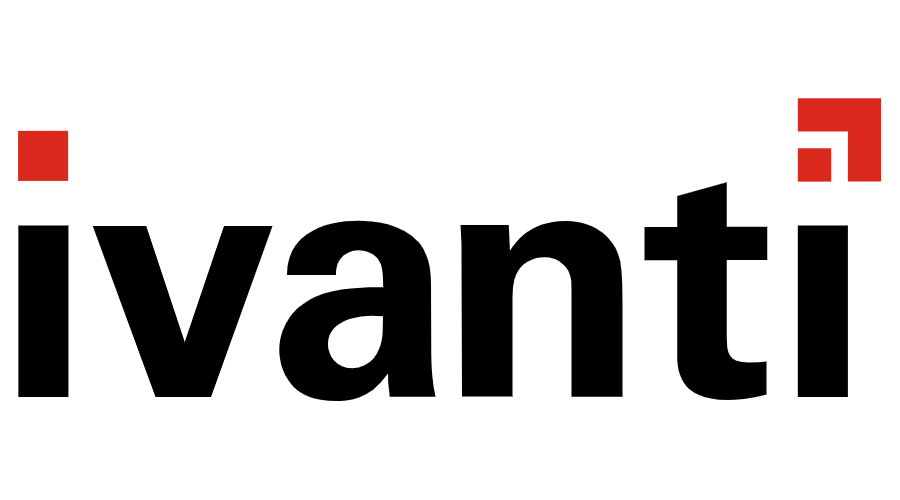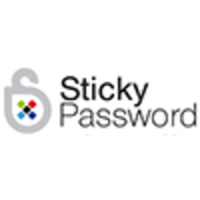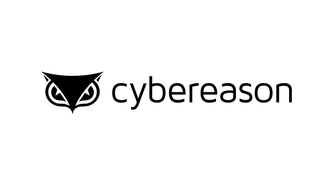
Problems that solves
Aging IT infrastructure
Low bandwidth data channels
Lengthy production timelines
High costs
Values
Reduce Costs
Reduce Production Timelines
Ensure Compliance
Enhance Competitive Ability
Forcepoint Secure Enterprise SD-WAN
Forcepoint Secure Enterprise SD-WAN allows you to safely and efficiently extend your network from your data centers and headquarters out to your remote branch offices and into the cloud.
About Product
Description
Forcepoint’s network security products combine the latest in software-defined wide area networking (SD-WAN) with the industry’s top-rated next-generation firewall (NGFW) security, all managed at enterprise scale from a single policy-based console. It is used by organizations of all sizes in retail, hospitality, and financial services around the globe.
Forcepoint is depended upon by distributed organizations around the world to safely and efficiently connect and protect their remote stores, branches, and office buildings. Our SD-WAN technology enables sites to seamlessly use multiple connections from different ISPs, secure each of those links with the industry’s top-rated security, and manage all of it together from one console.
Whether you’re a global organization that needs unified visibility and control, a growing business aspiring to have many locations, or a smaller organization that administers remote locations from a central office, Forcepoint’s enterprise-grade approach helps untangle unnecessary complexity to achieve new levels of operational efficiency.
Zero-Touch Deployment
Save time and money by deploying Forcepoint to remote offices and branch locations without an on-site technician. Devices can automatically download their initial configuration from Forcepoint’s Installation Cloud, eliminating the need for manual setup.
Smarter Policies & Updates
Forcepoint’s Smart Policies express your business processes in familiar terms, such as users, applications, locations and more. Easy grouping replaces hardcoded values, enabling policies to be dynamically reused throughout your network. Administrators can quickly update and publish policies to all affected devices, globally with a single click.
Faster Incident Response
Forcepoint SMC makes it easy to visualize and analyze what’s happening throughout your network.Network admins can interactively drill into the corresponding data to rapidly investigate patterns and anomalies and turn insights into immediate actions.
Competitive products
User features
Roles of Interested Employees
Chief Executive Officer
Chief Information Officer
Organizational Features
Internet access is available for employees


